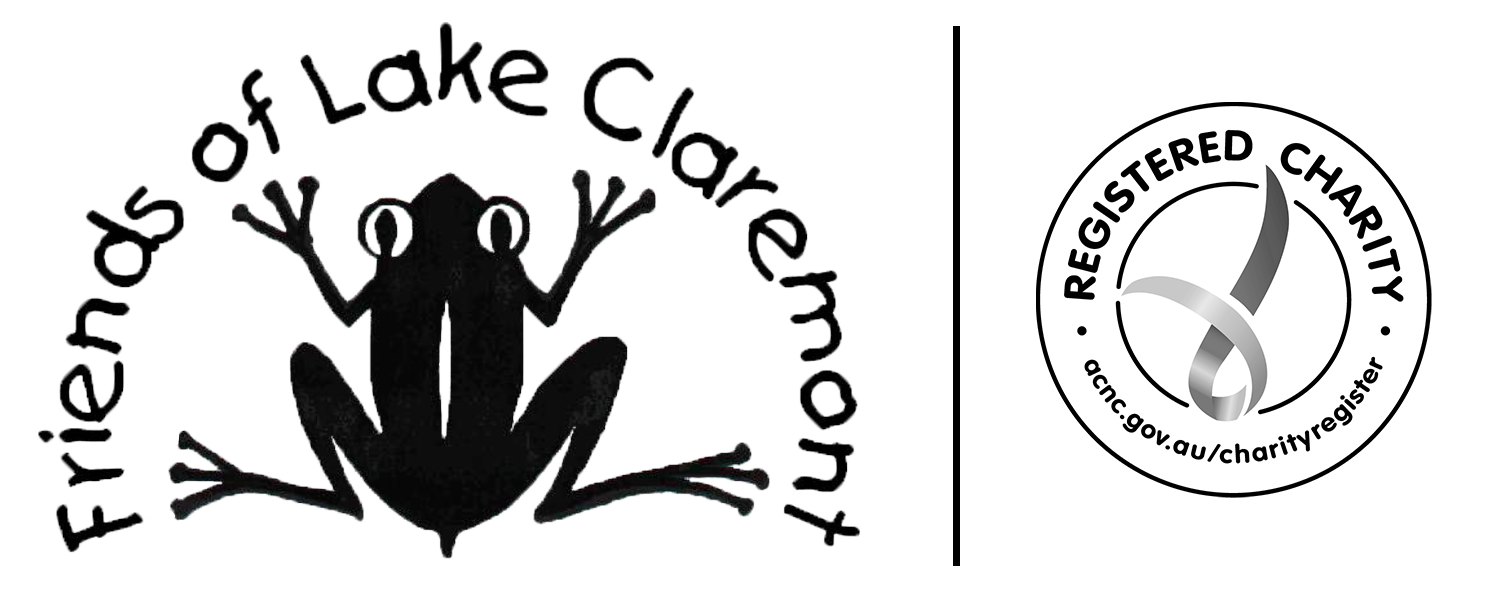Lake Claremont is a seasonal lake, a unique biodiversity ‘hotspot” that is host to a wide variety of flora and fauna. It is a Conservation Category Wetland and a designated Bush Forever site. The area covers approximately 70 hectares.
Prior to European settlement the lake was a large wetland area abundant in plant and animal life. It formed a part of the hunting and food gathering territory of the Mooro people. Aboriginal families remained in the area until the 1940’s, when rising waters and pressures brought about by European settlement led to their “eviction”. Lake Claremont is recognised as a site of significant Aboriginal heritage.
1st European settlement of the area was around 1831. An area of ten acres was granted to William Burton Butler and was used for farming and stock grazing. His farming activities gave rise to the name Butler’s Swamp. In 1850 military pensioners arriving from England were granted areas of land around Butler’s Swamp. Around the turn of the century, orchards and market gardens began to flourish around the swamp and its popularity as a picnic spot began to wane. Rising waters destroyed many of the market gardens and profoundly changed the character of the vegetation. The paper bark trees, unable to stand the permanent submergence, died off.
In the 1960’s the area was used as a rubbish tip, the rubbish being used to fill in the marshy areas around the water’s edge. Subsequently the council constructed a golf course on the site despite concerns that it would result in a serious impact on the habitat.
In 2009 the golf course was closed after a referendum was put to residents concerning the future of the lake. TOC adopted a management plan to return the area to a mix of native bush and recreational areas. A significant wetland restoration and native plant revegetation program is currently underway.
